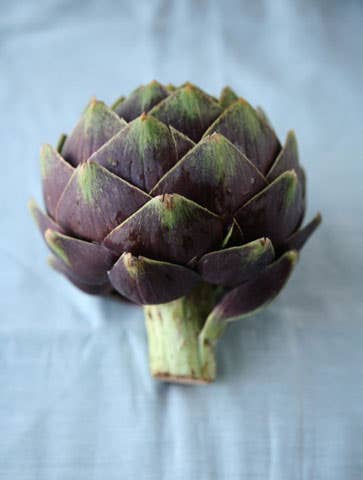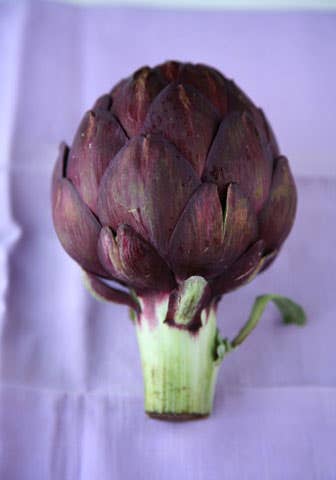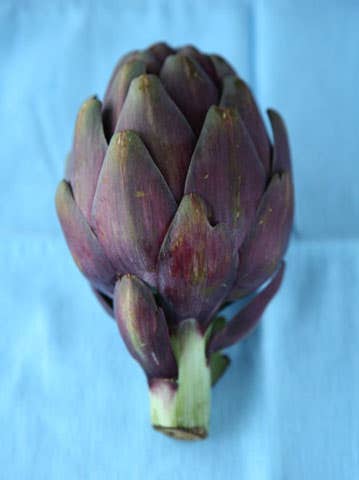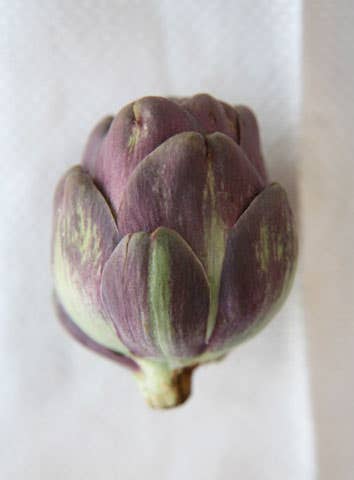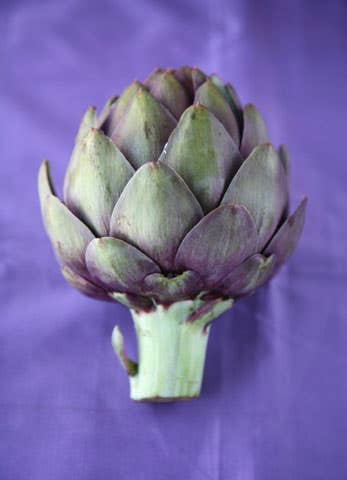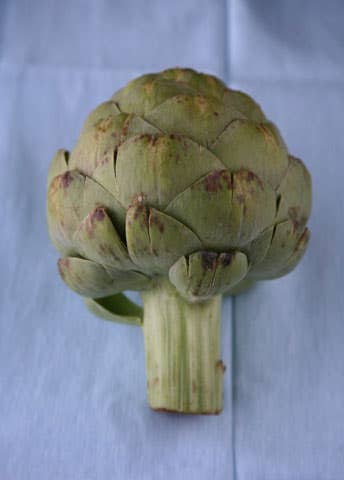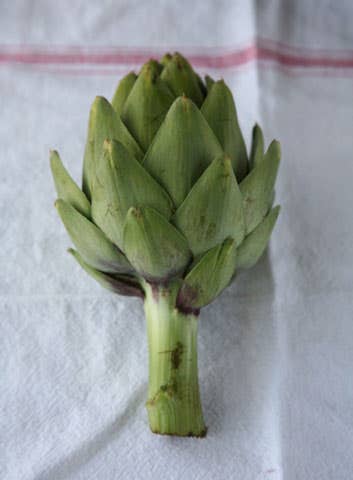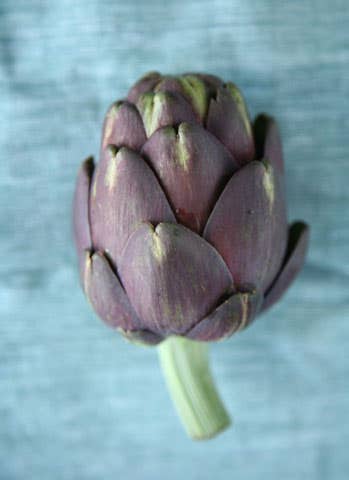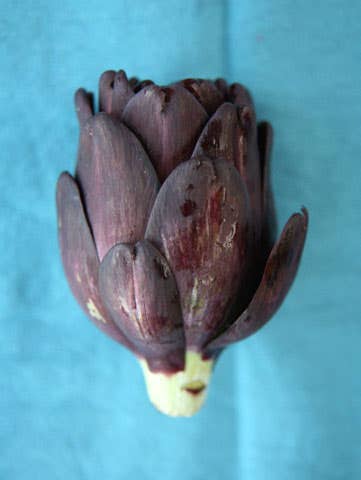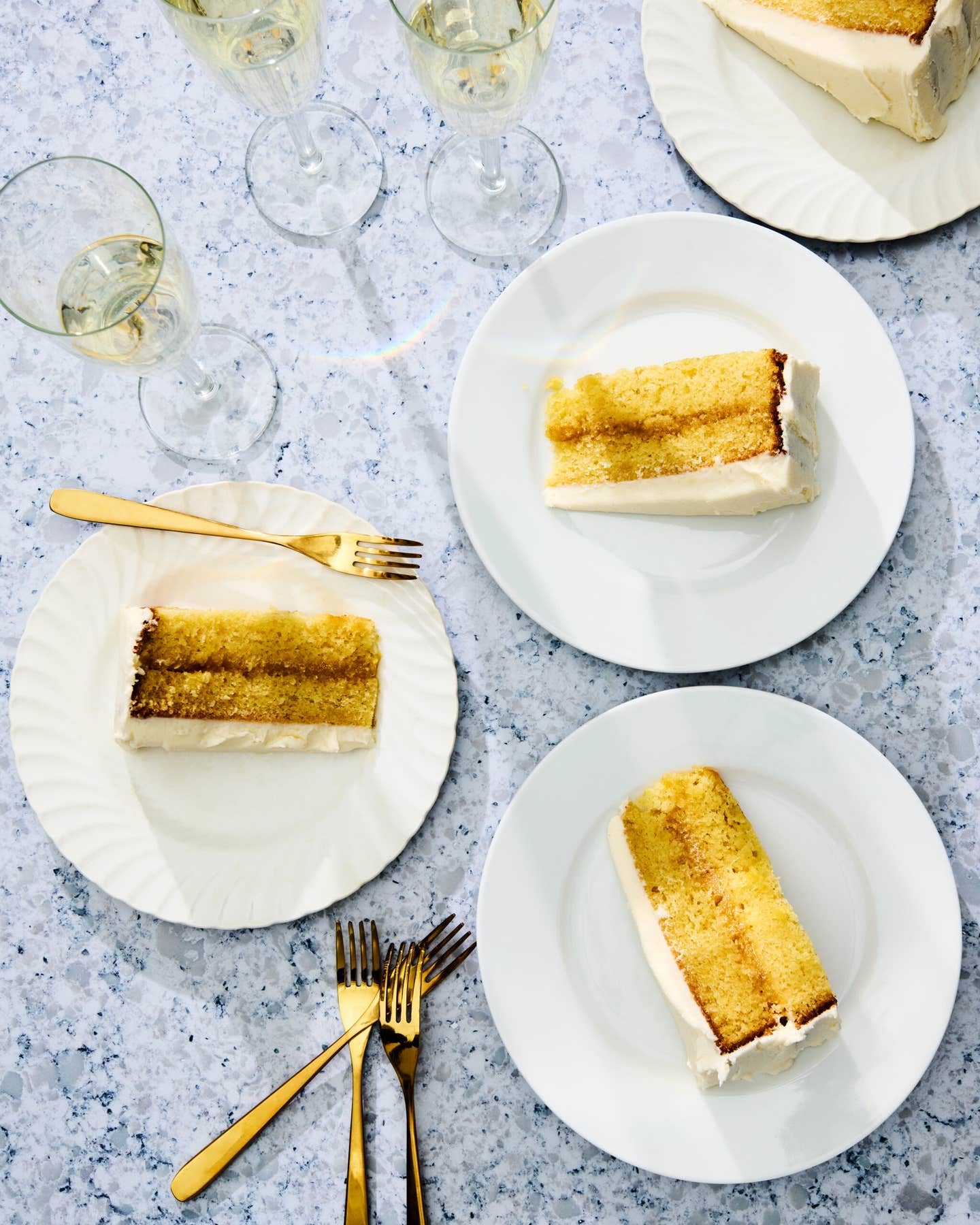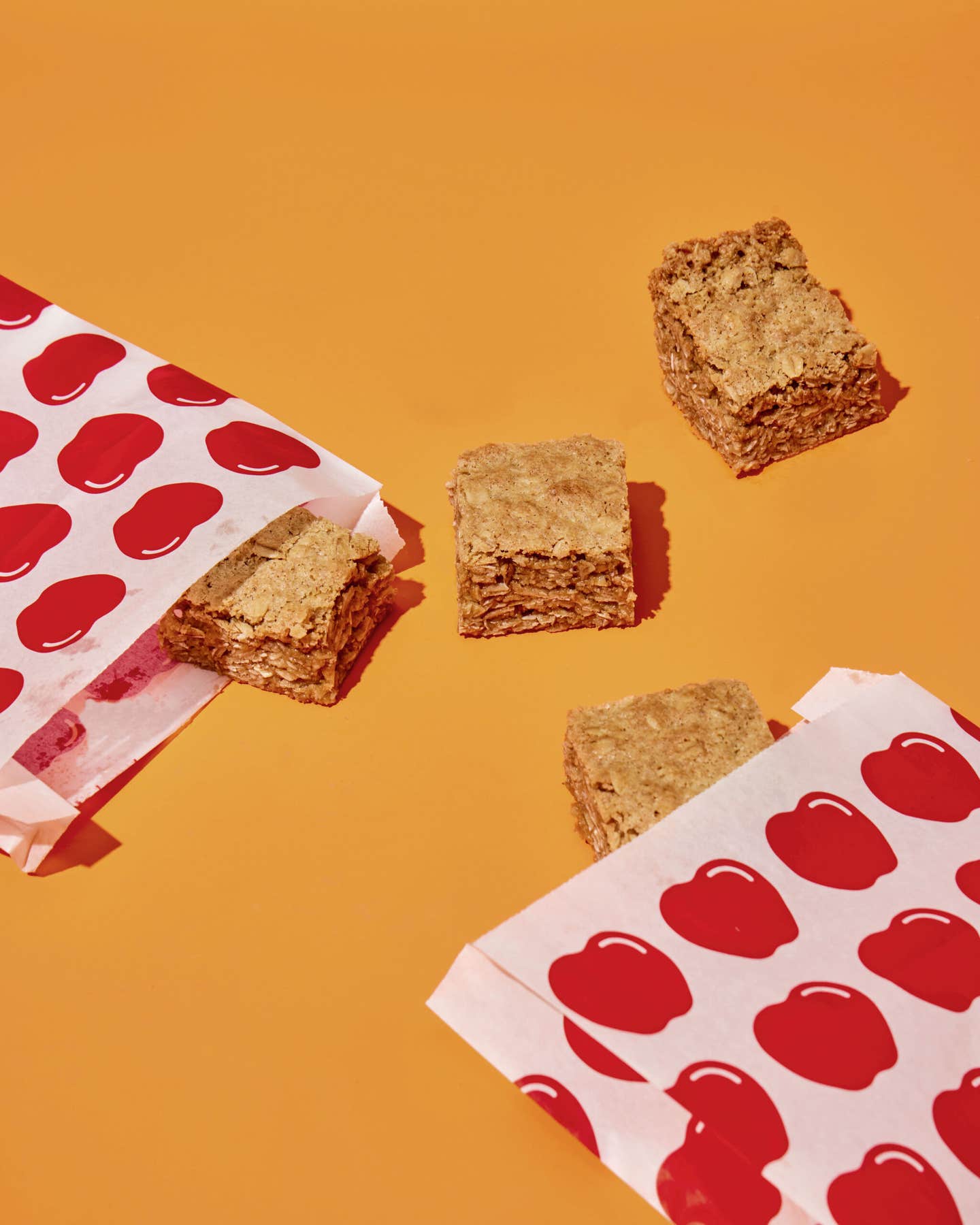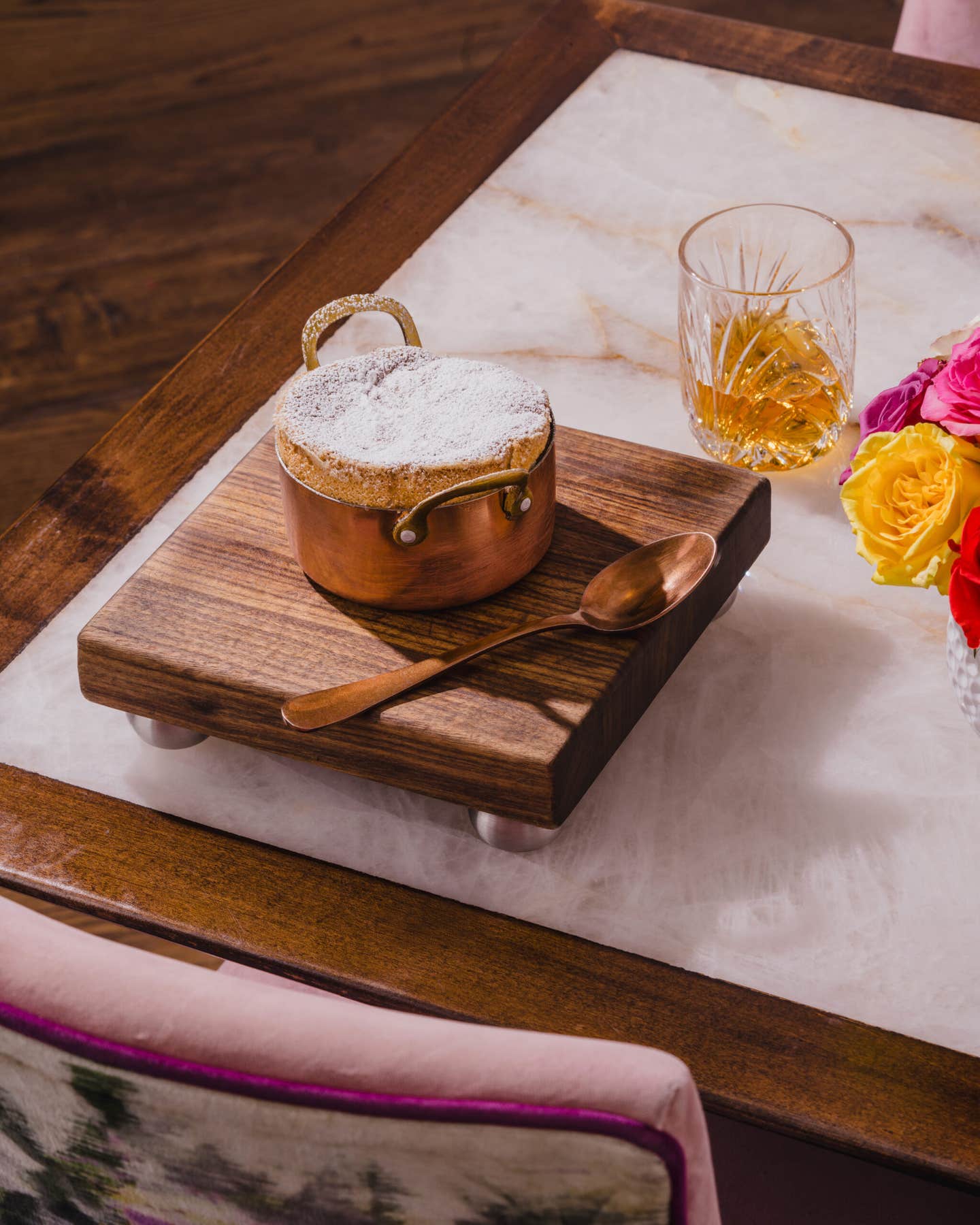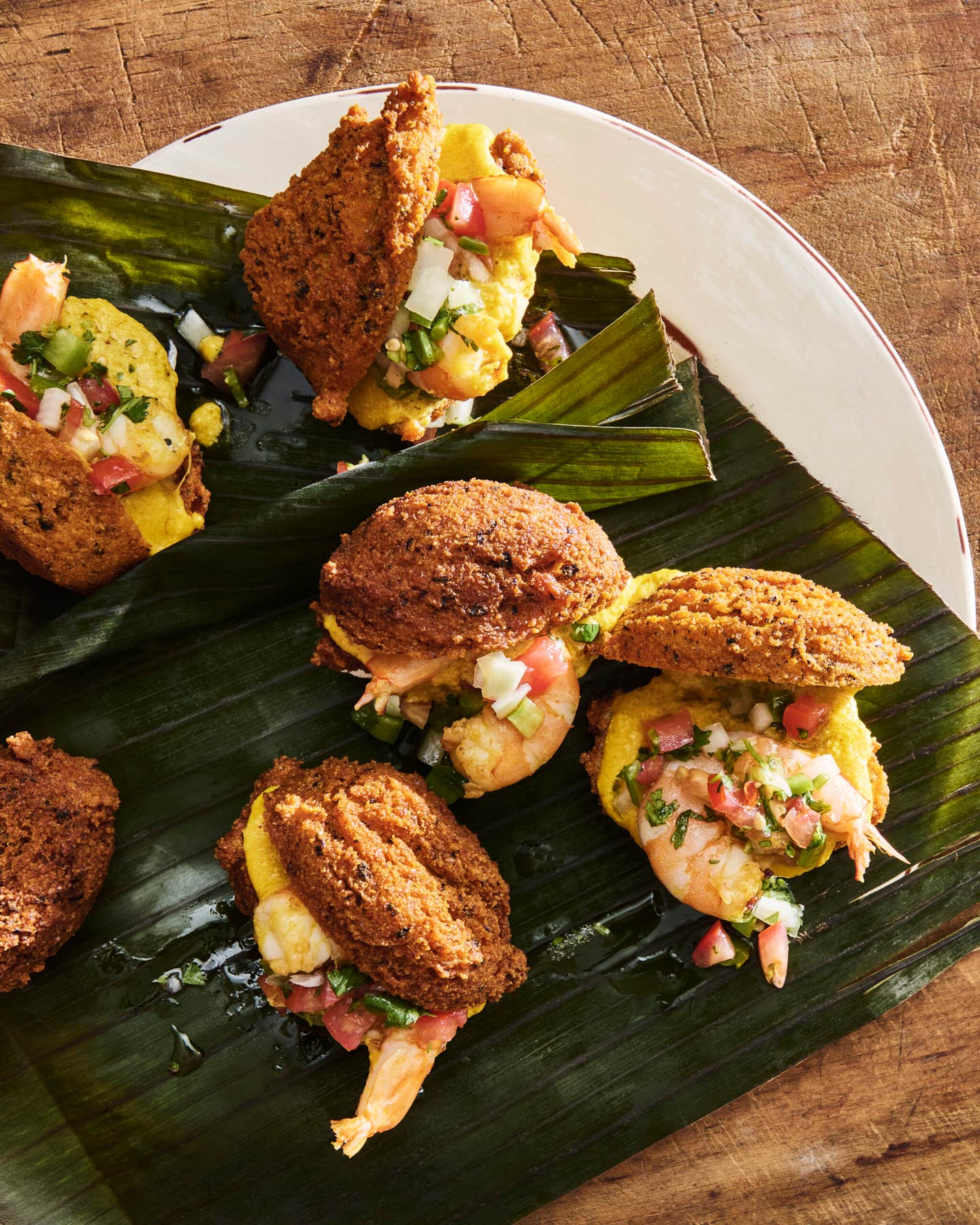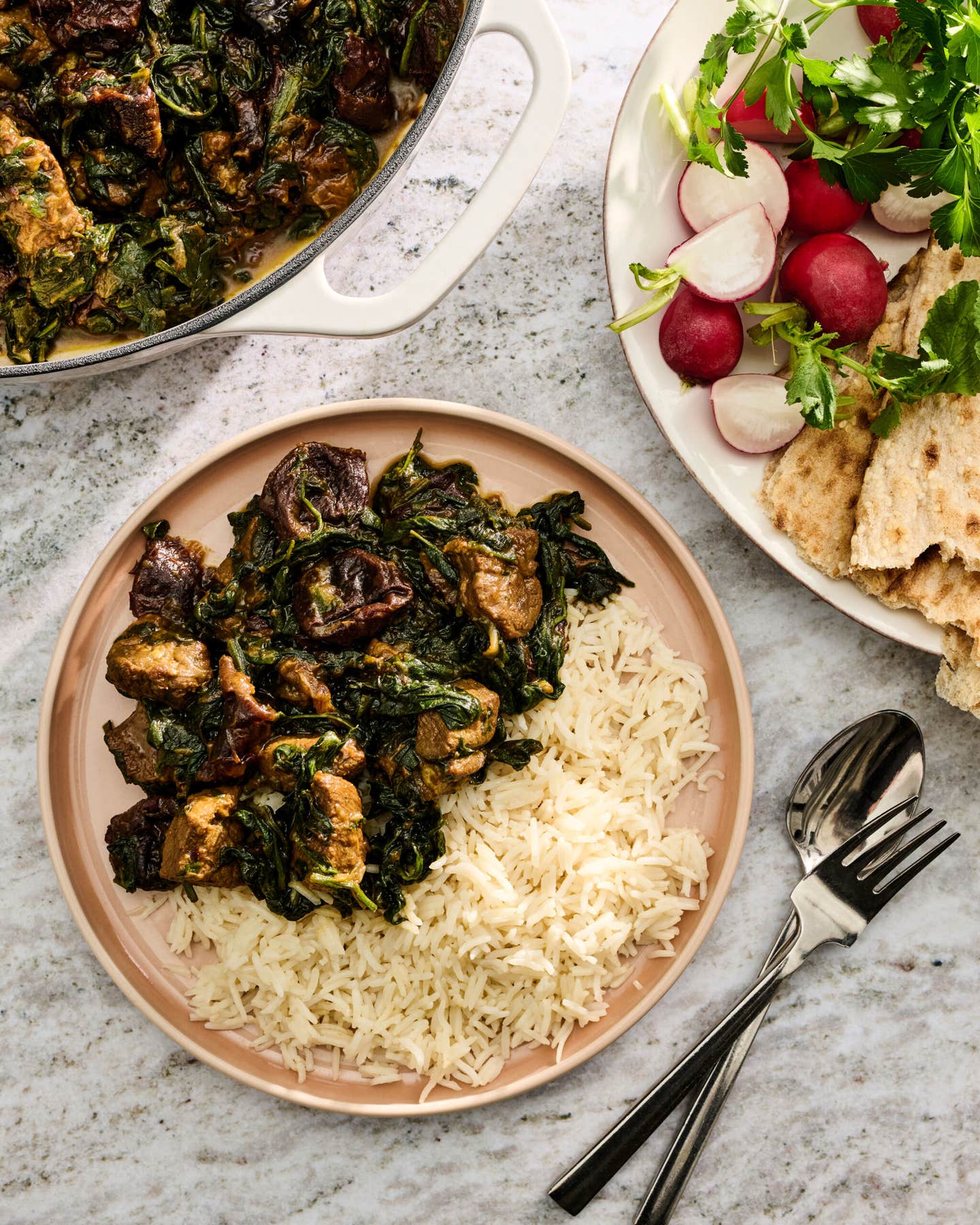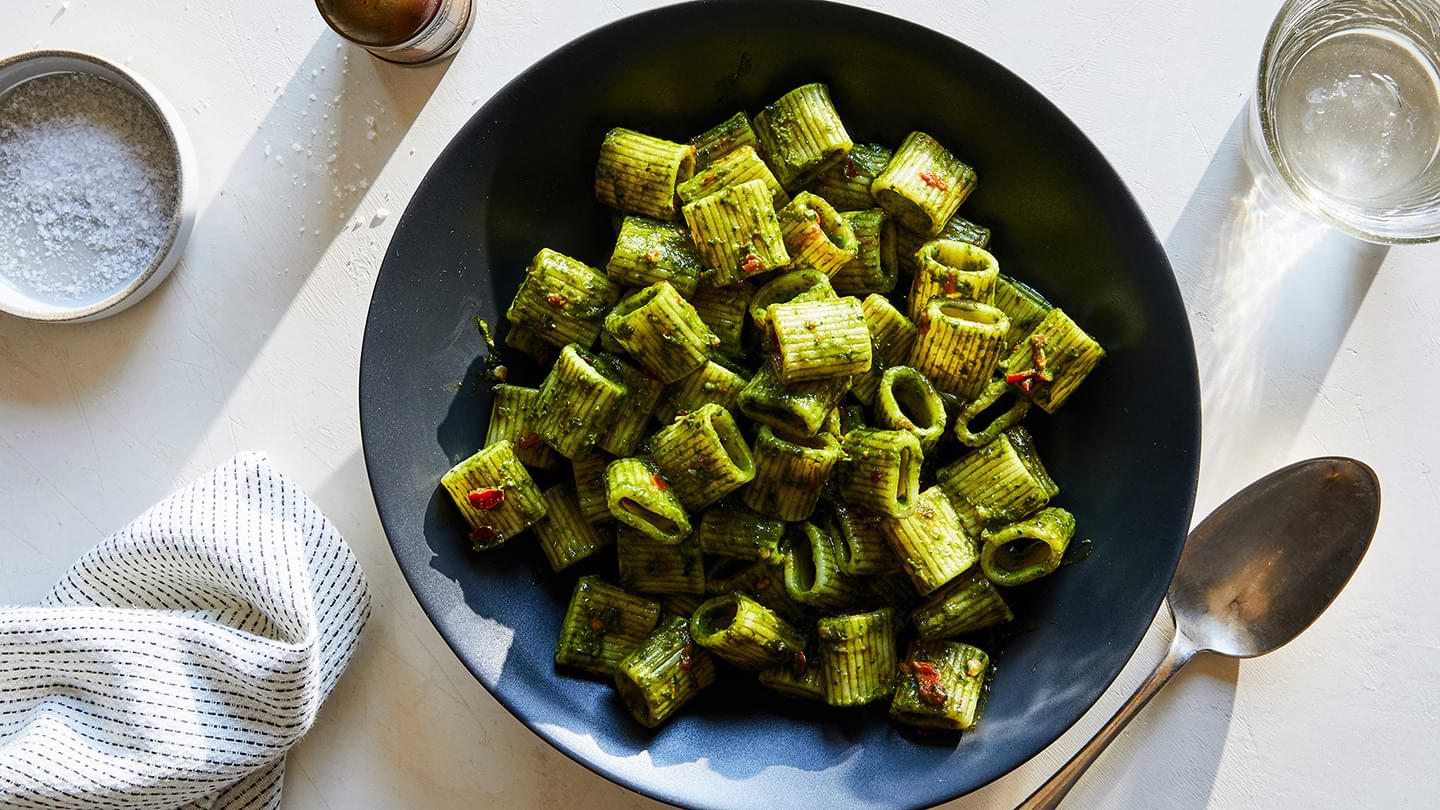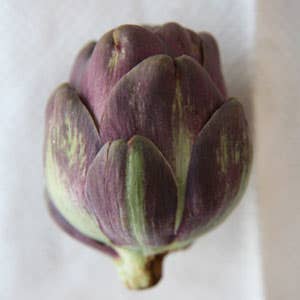
Artichoke Varieties
The big, round California green globe is the most common here in the United States, but there are scores of different artichoke cultivars—encompassing a wide range of sizes, shapes, and colors. Here are 9 unique varieties to watch out for in the markets.
Check out: Our Best Artichoke Recipes
Omaha
The dense and rotund omaha artichoke (up to six inches wide) owes its striking appearance to its sharply tapered red-and-green leaves. The omaha is less bitter than many artichoke varieties.
Mercury
The petite mercury, with its red-violet hue and distinctive rounded top, is sweeter than many other artichokes and is usually three and a half inches in diameter. Like the baby anzio, the mercury is derived from the Italian romanesco.
Siena
The oblong siena, about four inches in diameter and born of a breeding program in central Italy, has a small choke and a wine red color. Slow to mature and still grown in relatively small quantities, this small artichoke usually weighs less than a pound and has a heart tender enough to be eaten raw.
Baby Anzio
Light red and only roughly one inch in diameter when fully grown, the purple baby anzio is a relative of the romanesco artichoke of the Lazio region of Italy. Like many baby artichokes, baby anzios can be cooked and eaten whole.
Chianti
The chianti, a classically shaped, four-inch-wide green artichoke with a touch of maroon on the leaves, also (like the mercury) traces its lineage to the iconic Italian romanesco.
Big Heart
Developed in the mid-1980s by a California grower named Rusty Jordan, the big heart is aptly named. It is endowed with a large, fleshy base and weighs in at over a pound. This green, 3 ½-5 ½” giant–the first patented annual artichoke grown from seed–is excellent for stuffing.
Classic Green Globe
The classic green globe, sometimes called just the globe, has a buttery-tasting heart and bottom and an ample amount of meat at the base of the petals. This artichoke, which ranges in size from three to five inches in diameter and was traditionally cultivated as a perennial, was originally brought to California from Italy but is similar in shape and flavor to the French camus de bretagne, a summer choke grown in Brittany.
King
The blocky and vividly colored king has distinctive green spots at the tips of its leaves. Usually four inches in diameter and bred from romanesco varieties mixed with other Italian artichoke strains, the king typically weighs more than a pound in peak season.
Keep Reading
Continue to Next Story
